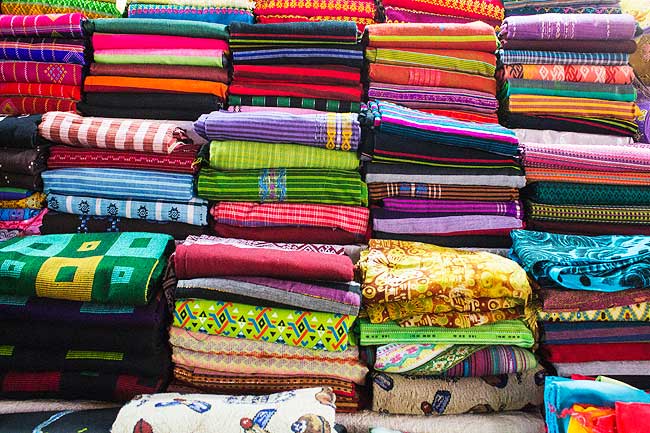How long can the Longi Hang Tight?

Silk or cotton, plaid or floral, tailormade or off-the-rack – longyis, the most ubiquitous piece of clothing in Myanmar, can be styled for every occasion.
The largest mainland country in Southeast Asia, Myanmar is best described as a nation of many distinct peoples (135 recognized ethnic groups, to be exact). And though the groups speak different languages and practice different religions, use of the traditional longyi crosses all socio-ethnic boundaries.
According to Win Hlaing, a historian and general manager of the Heritage Travel Company, the longyi’s ubiquity can be traced to its colonial origins. Before the British arrived, the subjects of Burmese kings wore the paso, an extravagant wrap-around skirt that could be up to 30 feet long. Other ethnic groups, such as the Shan and Kachin, had their own traditional wear. But when the British steamed up the Irrawaddy in 1885 and marched King Thibaw out of Mandalay, they brought with them the customs and administrative elite of Burma’s previously-colonized neighbours. They also brought their military might and technology to influence more of the fractured region.
“The longyi came with the colonialists,” Win Hlaing says. “They brought it from India.”
Taken from Oh Magazine full article here Read more



